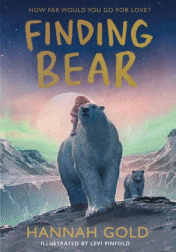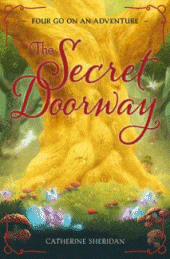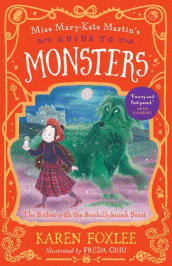
When the Lights Went Out
When the Lights Went Out
Lian Tanner
Jonathan Bentley
A & U Children’s, 2024
32pp., hbk., RRP $A24.99
9781761180019
The night was frosty dark but we were snug and cosy in the kitchen. Then SNAP! The lights went out.
And for the little person, what was familiar suddenly became scary.
Some candles soon offered a bit of light but when it started to get cold and Dad suggested an early night snug under the blankets, Mum had a better idea. And the magic happened…
As the shadow of night falls, it can be scary for little ones as their memories of stories of “things that go bump in the night” and their imaginations take over. They are used to putting lights on to scare away the monsters and ghosts, but when those lights fail anxiety levels can increase and fear creeps in.
However, in this beautifully illustrated story with its night-time palette reflecting the storyline but with a beacon in each image for reassurance, it is wonder, rather than fear, that prevails as the family become “explorers of the night country”. The unknown becomes the known as people venture into the streets, the moon shines, invisible creatures of the night like foxes and owls are seen and shadows become what they really are. What had been daunting and strange became familiar, even fun, and what was, to the adults, an inconvenience, became an adventure for the young.
Parenting styles have changed over time, and terms like ‘helicopter parents’ describe what many of our young people experience- kept protected and safe from anything that has the potential to disturb them in any way – and while it is natural for children to have concerns about the dark and the unknown when they are very little, normally this is quickly outgrown as they explore the world around them and learn such things have explanations. Yet the levels of anxiety and mental health issues amongst today’s youngsters suggest that while keeping their kids safe is a parent’s primary role, this can be overdone. Thus, this book has a message for parents as well as the young reader – by making the unknown known through conversations, connections and experiences fears can be allayed and comfort restored. In this case, it is the community coming together, getting to know each other and celebrating that through music and dance, that dispels the little one’s anxiety, but there are strategies that can be implemented to ease the uncertainty of almost any situation. The unexpected can become the expected – the reader has a good idea of what will happen the next time the lights go out for both adults and children.
As winter tightens its grip on much of the country, and “snug and cosy in the kitchen” – literally and metaphorically – is not guaranteed, this is one to share and reassure our young readers that eventually the lights will come on again, especially if we can face the adventure together. In the meantime, have fun exploring and explaining why the world is plunged into darkness on such a regular basis – lights or no lights!










